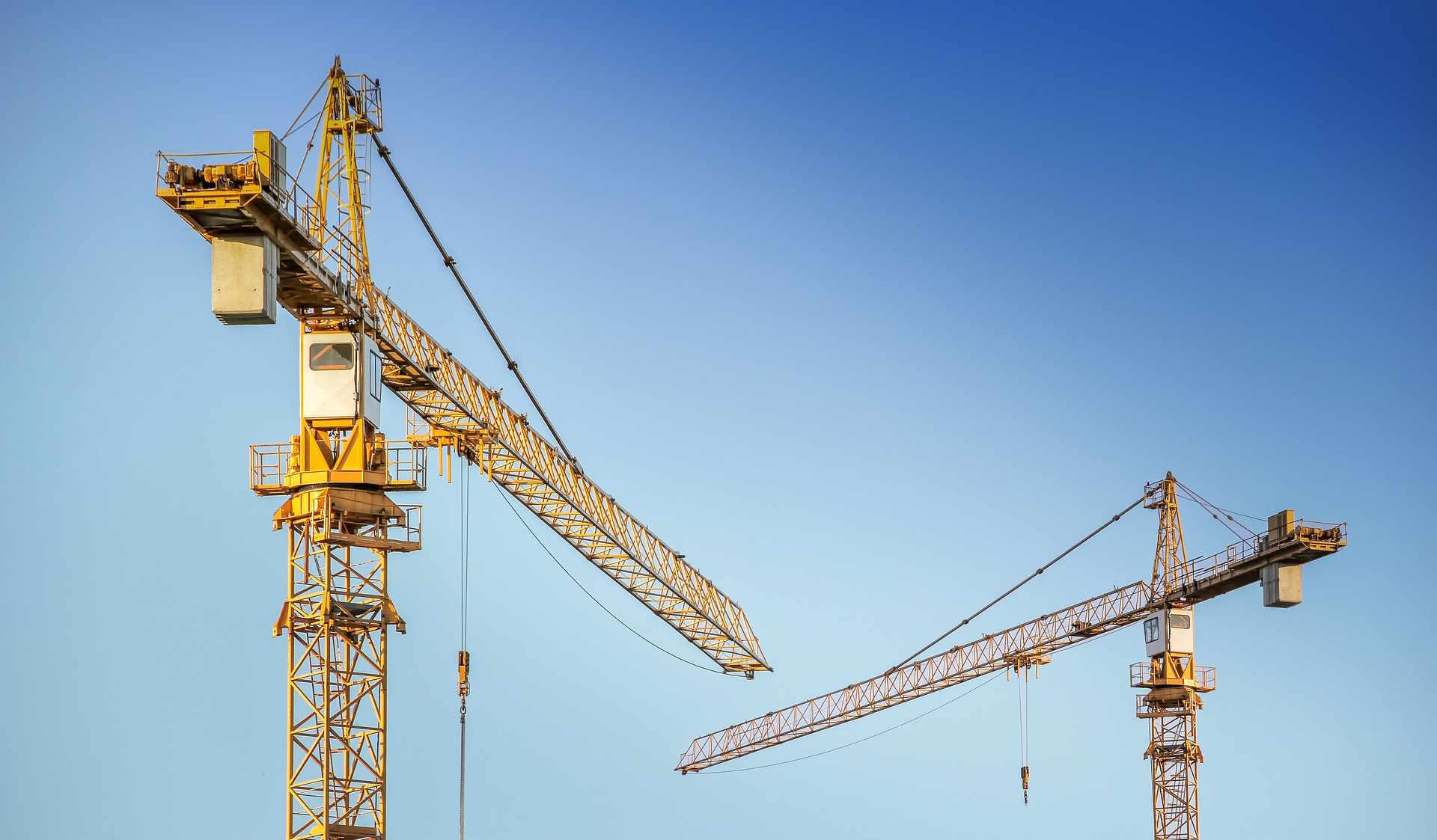Exploring the Rise of Construction Jobs Across Australia
Construction work in Australia is attracting growing attention as the industry evolves with new technologies, urban development, and workforce demands. From shifting career opportunities to insights on emerging skills, understanding the landscape of construction jobs provides a glimpse into how the sector is adapting and what motivates individuals to join this dynamic field.
The construction industry in Australia continues to be a significant driver of economic activity, characterized by a consistent demand for various skills and expertise. This sector is vital for supporting urban expansion, regional development, and the maintenance of existing infrastructure. As Australia’s population grows and its cities expand, the need for new housing, commercial spaces, and public facilities like hospitals and schools naturally increases, fueling the demand for a robust construction workforce.
Factors Influencing Career Choices in Construction
Individuals considering a career in construction often weigh several factors. The diversity of roles available is a major draw, ranging from hands-on trades such as carpentry, plumbing, and electrical work to supervisory and technical positions like site management, civil engineering, and architectural design. Pathways into the industry are varied, including apprenticeships, vocational training, and university degrees, allowing for different entry points based on an individual’s educational background and career aspirations. Job stability, the opportunity to work on tangible projects, and the potential for career progression within specialized fields also play a significant role in attracting talent to the sector. The evolving nature of construction, with new materials and methods emerging, also offers continuous learning and adaptation.
Impact of Technology on Building Practices
Technology is rapidly transforming how construction projects are planned, executed, and managed across Australia. Innovations like Building Information Modeling (BIM) allow for detailed 3D design and collaboration, improving efficiency and reducing errors before physical construction begins. Drones are increasingly used for site surveys, progress monitoring, and safety inspections, providing comprehensive data quickly. Robotics and automation are also making their way onto construction sites, particularly for repetitive or hazardous tasks, enhancing safety and precision. Furthermore, sustainable building materials and energy-efficient designs are becoming standard, driven by environmental considerations and regulatory requirements, which in turn influences the skills required from the workforce.
Regional Differences in Construction Opportunities
Construction opportunities in Australia can vary significantly depending on the region. Major metropolitan areas like Sydney, Melbourne, and Brisbane often have a high demand for residential and commercial construction due to ongoing urban development and population growth. These areas typically see large-scale infrastructure projects, such as public transport upgrades and new commercial precincts. In contrast, regional and rural areas might experience demand driven by agricultural infrastructure, mining projects, or localized public works. Western Australia, for instance, has historically seen strong demand related to its resources sector, while parts of Queensland and New South Wales might focus on tourism infrastructure or disaster recovery and resilience projects. Understanding these regional nuances is important for those exploring career paths in the industry.
Australia’s construction industry is characterized by a blend of large national firms and numerous smaller, specialized local businesses. These entities collectively deliver a vast array of projects, from residential homes to large-scale infrastructure. National contractors often manage complex, multi-state projects, leveraging extensive resources and expertise. Local businesses, on the other hand, frequently cater to specific community needs, offering specialized services like renovations, custom home building, or niche trade work. The collaborative ecosystem between these diverse providers ensures that projects of all scales and types can be effectively undertaken across the country.
Understanding the Scope of Construction Roles
The construction sector offers a broad spectrum of roles, each with its own set of responsibilities and required skills. Beyond the traditional trades, there are roles in project management, where individuals oversee all aspects of a construction project from inception to completion, ensuring it stays on schedule and within budget. Safety officers are crucial for maintaining compliant and secure work environments, while quantity surveyors manage the financial aspects of projects, estimating costs and managing contracts. Environmental specialists are increasingly important, ensuring projects adhere to sustainability guidelines and minimize ecological impact. This wide array of specializations means that individuals with diverse skill sets can find a place within the industry.
The Australian construction sector is dynamic, adapting to technological advancements, environmental considerations, and shifting economic landscapes. It continues to offer a wide range of career paths and opportunities across various regions, contributing significantly to the nation’s development and infrastructure. The industry’s ongoing evolution highlights its resilience and its central role in shaping the built environment for communities nationwide.





